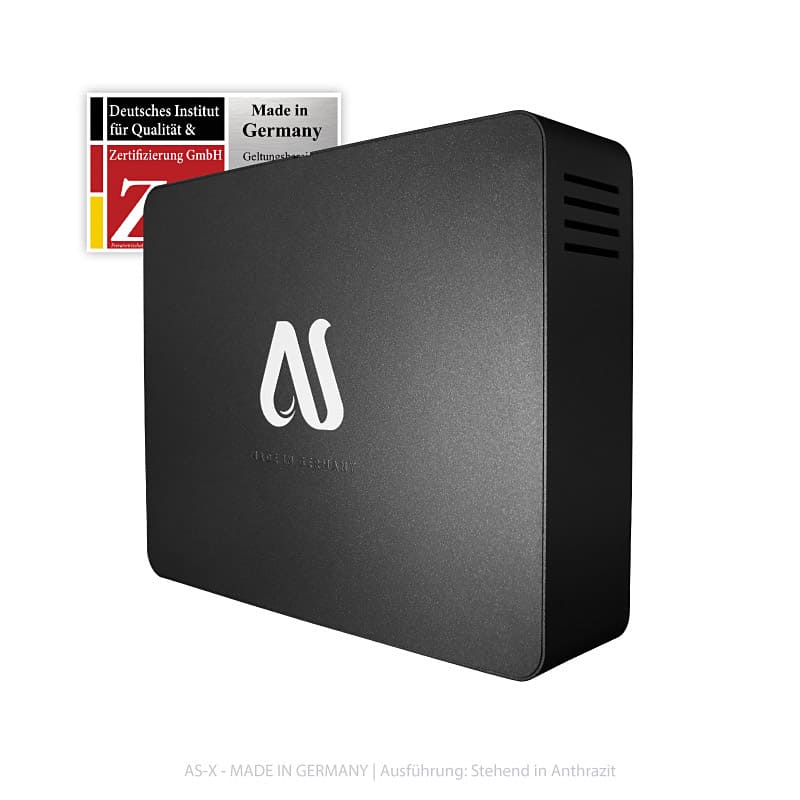Points You Have To Be Aware Of Reverse Osmosis Water Filters

The faucet water which comes through your faucet is good. Obtain a filter or perhaps a filter. Which of the sentences tend to be true? Are both partially true.

In numerous places, tap water doesn't taste good. Anywhere else, tap water has tiny levels of substances you will not need to drink - well as over an eternity might have an affect on you.
There are many forms of potential issues in regular water. Regardless of whether your city provides good water, it requires to travel a long way through old pipes to be able to your property.
Usually when you use a whole-house filter, shower heads and faucet screens don't clog. Whole-house filters are outside of h2o filters.
All reverse osmosis water systems require both sediment and carbon pre-filters. All filters must be changed. Consider changing sediment and carbon filters twice yearly or sooner, and ro membranes every 2-3 years.
The most difficult elements of installing water filters are connecting on the supply side in the water to your house, connecting into a drain line for the waste water, and installing a clean water faucet onto your sink. Most of a water filtration installation is simple.
You might need a plumber, as well as to obtain a system where they're going to install it in your case. The top systems have clear plastic casings, so you can observe how dirty the filters get. The most effective systems also use standard-sized replacement filters, so you don't need to buy tiny, expensive, and proprietary filters.
Ro water filters require both a sediment as well as a carbon filter facing them, to screen your dirt and quite a few in the junk, ahead of the water enters overturn osmosis filter.
A sediment filter blocks particles bigger than five to ten microns.
The water passing through activated carbon blocks is still equipped with some particles, chlorine, nitrates, fluoride, and other dissolved junk. The next step to find the best quality water can be a ro filter.
Ro filters force water through 0.0001 micron-wide holes, through semi-permeable membranes. Long sheets of membranes are sandwiched together and retracted around a hollow central tube in the spiral.
Overturn osmosis filter removes 99% from the remaining junk within the water. It requires just about everything out, perhaps the magnesium and calcium within the water. Generally a tiny carbon filter can be used after the reverse osmosis filter, to improve the flavour and catch much more of that 1% of junk overturn osmosis filter lets go though.
Ro water filters generate waste water, and they produce only some drops of clean water each and every minute. Because of this, most ro systems use a storage tank to amass water. All reverse osmosis systems possess a drain line for waste water, that is "wasted". The waste water can be used plants, dumped down the sink, etc.
Ultra-pure water can grow algae very easily. Whenever you take chlorine as well as other nasty stuff away from water, tiny microbes and sunlight can combine to create a perfect environment to grow harmless algae.
The caliber of water filtered in this way is cleaner than even sanitized water. Some individuals think pure water tastes flat. Some individuals put in a tiny amount of sea salt to pure water. Personally, no salt should be used, pure water tastes like water should.
The Internet has baseless scare stories regarding how ultra pure water is dangerous. Hogwash. In the event you inject pure water, it could hurt you. Drinking pure water doesn't hurt anyone unless they are fasting.
The instant that pure water hits the mouth it is no longer pure. There's nothing better for making coffee, cooking, and pieces, than using pure water.
For details about Reverse Osmosis System Made in Germany see our web page: look at here
